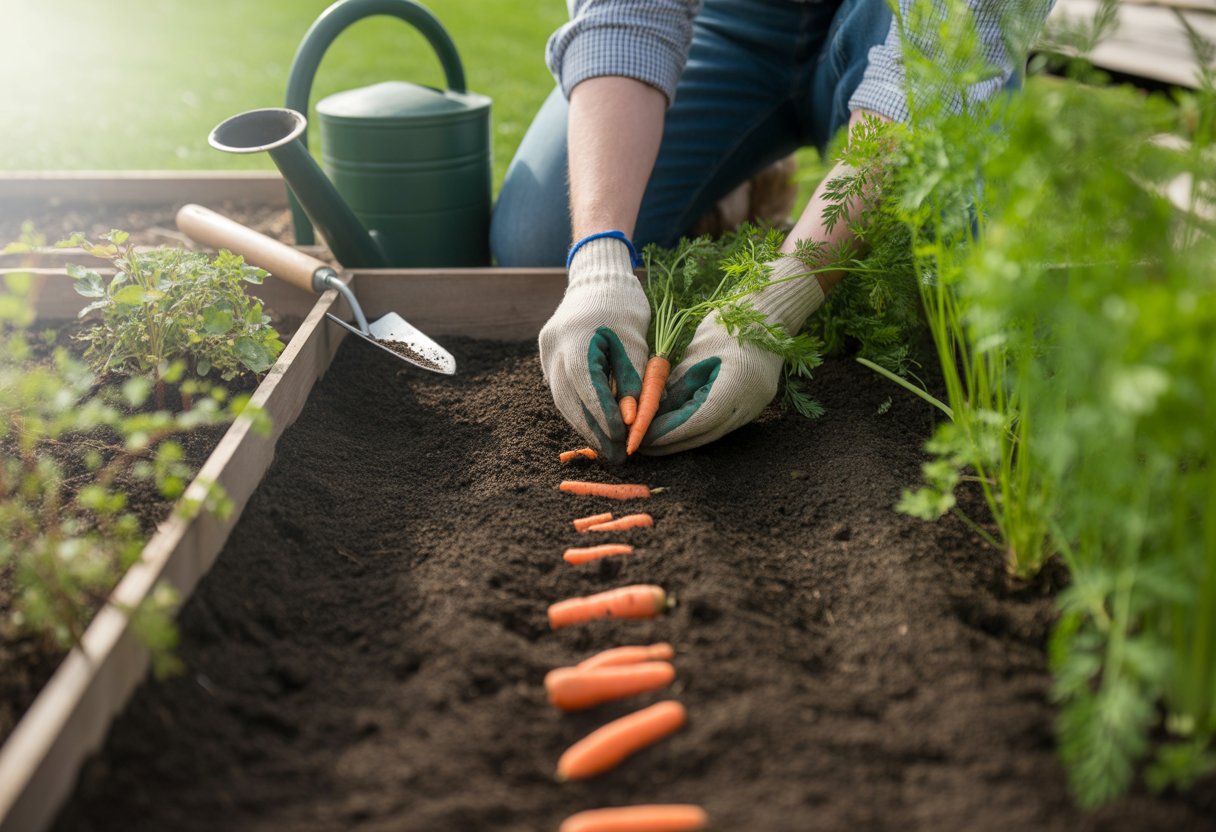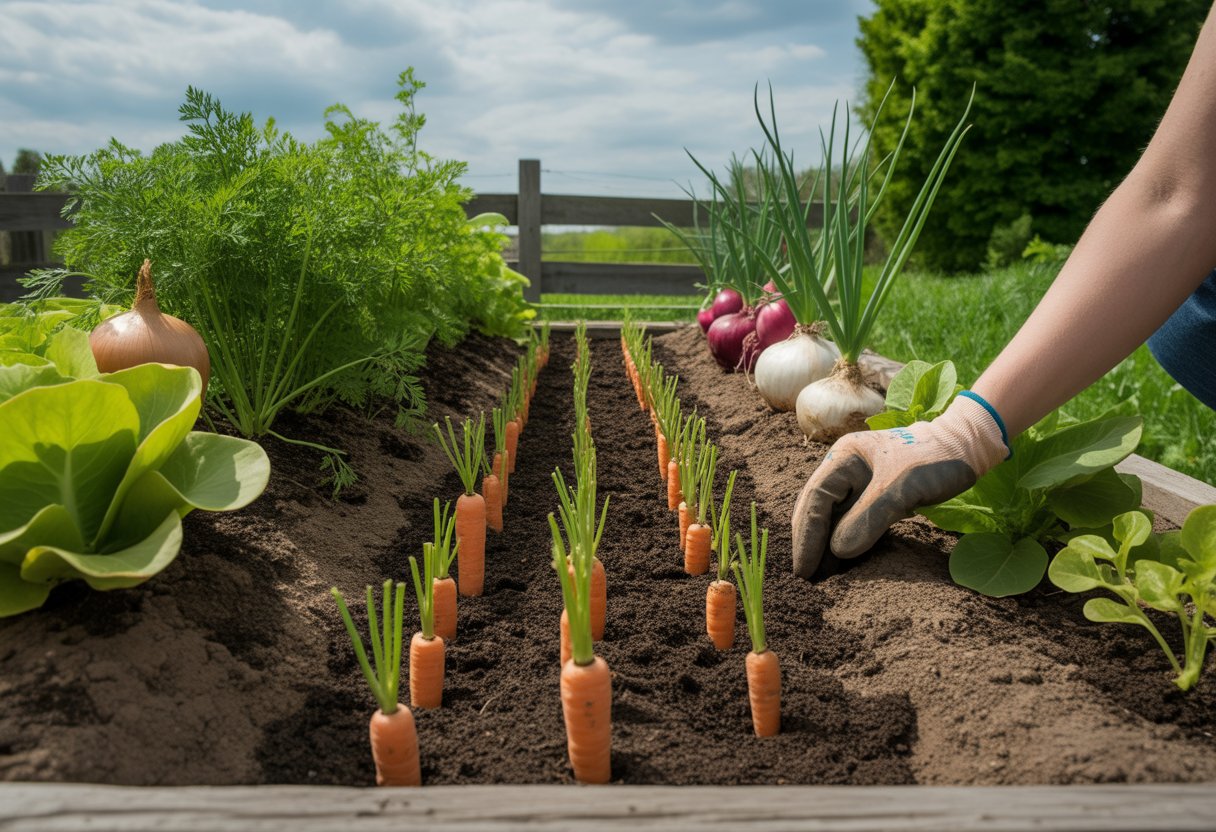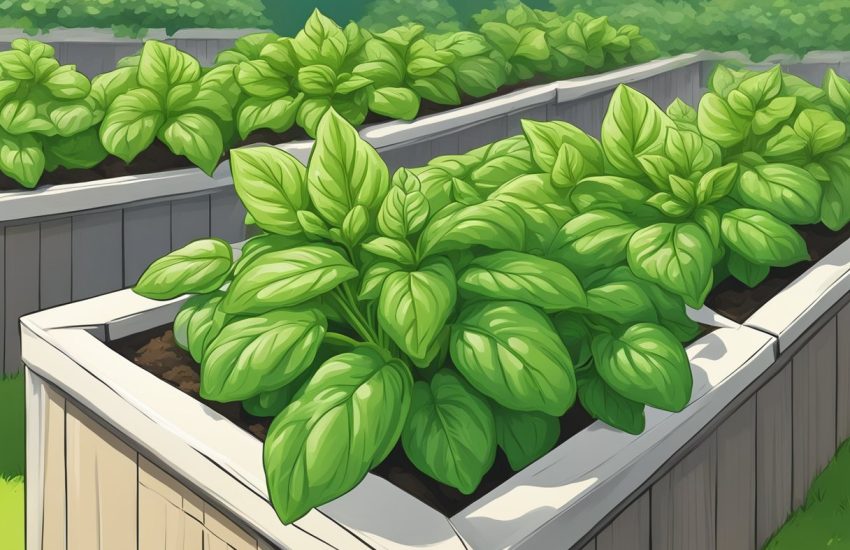When to Plant Carrot in Pennsylvania Best Seasonal Guide for Optimal Growth
If you want to grow carrots in Pennsylvania, you’ll want to get those seeds in the ground early in the spring. The best time to plant carrots is between late March and early April, once the soil temperature hits around 50°F. That early start lets carrots develop in the cool, which usually means better flavor and texture.

You can also plant carrot seeds in late summer if you’re after a fall harvest. Cooler autumn temperatures help keep carrots from turning woody or bitter. Timing really makes or breaks carrot gardening in Pennsylvania’s unpredictable climate.
Understanding Pennsylvania’s Climate and Frost Dates
Pennsylvania’s climate jumps around a lot depending on where you live. Knowing your local frost dates and hardiness zone helps you figure out when it’s actually safe to sow seeds.
Plant Hardiness Zones in Pennsylvania
Pennsylvania covers USDA Plant Hardiness Zones 5 through 7, but most folks fall into zones 6 or 7. If you’re in zone 7, especially in the southeast, winters are milder, so you can risk planting a bit earlier.
Zone 5, up north or at higher elevations, gets colder and has a shorter growing season. If you garden there, you’ll need to wait a bit longer after the last frost before dropping carrot seeds.
Knowing your zone helps you predict frost risks and nail down the best planting window. Most carrots do fine when you plant them 2-4 weeks before the last expected spring frost, especially if you’re in zones 6 or 7.
Average Last Spring Frost and First Fall Frost Dates
Last spring frost dates in Pennsylvania aren’t the same everywhere. Southeastern zone 7 might see the last frost by mid-April, but up north in zone 5, you may not be in the clear until late April or even early May.
First fall frost comes sooner in the north—often late September—while southern or zone 7 spots can stretch to early or mid-October. These dates set the length of your growing season and remind you to harvest carrots before frost bites them.
If you know these dates, you can plan to plant carrots about 2-4 weeks before the last spring frost and aim to harvest before the first fall frost. That’s how you get the best roots and avoid frost damage.
Best Time to Plant Carrots in Pennsylvania
Carrots do best when you plant them at just the right moment in Pennsylvania. If you get the timing right, they mature in perfect temps and dodge frost. Whether you go for spring or fall planting, you’ll want to pay attention to local frost patterns and your USDA zone.
Recommended Planting Windows
Generally, Pennsylvania gives you two planting windows for carrots. The first is early spring, from late March to mid-April. Aim for soil temps of at least 45°F for decent germination.
The second window comes in late summer or early fall, from mid-August to early September. Fall planting lets carrots grow in cool soil, which usually means sweeter flavor and fewer pests.
If you stagger your planting by 2 or 3 weeks during these windows, you can stretch out your harvest. Keep an eye on soil moisture and temperature for the best shot at a good crop.
Spring and Fall Planting Differences
Spring carrots get the benefit of warming soil and longer days, but they’re at risk from late frosts. If the forecast looks dicey, you might want to cover seedlings to protect them.
Fall carrots grow slower in the chill but often end up sweeter because of higher sugar levels. They don’t deal with as many pests as spring carrots, but you’ve got to time things right so frost doesn’t hit before you harvest.
If you’re planting in fall, mulch can help keep soil moisture and temperature steady, especially if frost shows up early.
Aligning Planting With Local Frost Patterns
Frost dates jump around the state, but in Zone 7, the last spring frost usually lands between April 15 and May 1. For spring crops, plant carrots 2 to 3 weeks before that.
First fall frost tends to hit between October 15 and November 1. If you’re planting for fall, give carrots at least 10 to 12 weeks to develop before that frost rolls in.
Local frost calendars are a gardener’s friend here. If you pay attention to those, you’ll dodge most seedling losses and end up with better carrots.
Planting and Growing Carrots Successfully

Carrots like loose, well-drained soil and steady moisture if you want straight, healthy roots. Picking good seeds and really dialing in those early growing conditions makes all the difference. If you slack off at the start, you’ll probably end up with weird, stubby carrots.
Soil Preparation and Seed Selection
Go for sandy loam or loamy soil with a pH from 6.0 to 6.8—that’s the sweet spot for carrots. Dig down at least 12 inches and get rid of rocks and junk that’ll make roots fork. Add organic matter to help, but skip fresh manure, since it can cause splitting.
Buy seeds from companies you trust. Nantes is a classic for sweetness, and Danvers handles heavier soil well. Make sure your seeds are fresh and keep them in a cool, dry place so they don’t go bad.
Seed Sowing and Germination Tips
Sow seeds right outside in early spring, about 2 to 3 weeks before your last frost. Plant them shallow—maybe ¼ inch deep—in rows that are 12 to 18 inches apart. Carrots take their sweet time to germinate (10–21 days), so keep the soil moist but not soggy.
A light cover of soil or vermiculite helps keep moisture in. When sprouts hit 2 inches tall, thin them out to about 2 inches apart so they don’t crowd each other. If the soil’s cold, try warming it up with a plastic row cover to speed things along.
Caring for Seedlings and Young Plants
When seedlings show up, water them enough to keep the soil damp and help prevent root splitting. Mulch is great for holding moisture and keeping weeds down. Don’t go crazy with high-nitrogen fertilizer—too much makes leafy tops but weak, forked roots.
Keep an eye out for pests like carrot rust flies. Floating row covers can help if you spot trouble. If your plants are too packed, thin them again so each carrot has space to grow. A little attention early on really pays off with better-looking carrots.
Companion Planting and Successive Sowing

Carrots get a boost when you plant them near veggies that keep pests away or help them grow. Planting in waves means you can pick fresh carrots all season. If you’re short on space, containers totally work for carrots too.
Best Companion Crops for Carrots
Carrots and alliums—like onions, leeks, and garlic—make a good team since those alliums scare off carrot root flies. Leafy greens such as lettuce and spinach help shade the soil, keeping roots cool and moist. Peas and beans add nitrogen, which carrots appreciate.
Skip planting carrots next to dill, parsnips, or potatoes; those combos attract pests or hog nutrients. Broccoli, cabbage, kale, and Brussels sprouts don’t hurt, and they do help cover the ground to keep weeds down.
Succession Planting for Continuous Harvest
Carrots usually take 70 to 80 days to mature, so you can sow new seeds every 2 to 3 weeks from early spring through mid-summer in Pennsylvania. This way, you’ll have a steady supply from late spring well into fall.
If you use cold-tolerant varieties, you can plant early in spring and again in late summer for a fall crop. Sometimes, folks sneak in quick-growing radishes or turnips between carrot rows—they come up fast and leave space for carrots to fill in as they grow.
Container Gardening With Carrots
Carrots really need deep containers—at least 12 inches—so their roots have room to stretch. I always go for loose, well-drained soil and toss in some compost to help keep those roots from getting all weird and twisted.
Keep the soil moist but not soggy, and make sure your carrots get plenty of sun. They’re surprisingly happy on a patio or tucked into any small spot where you can’t plant in the ground.
If you want to mix things up, throw in some radishes, lettuce, or spinach. Those guys have shallow roots and won’t compete much with the carrots. Just don’t cram too many plants together, or your carrots won’t have space to grow straight—or at all, honestly.


